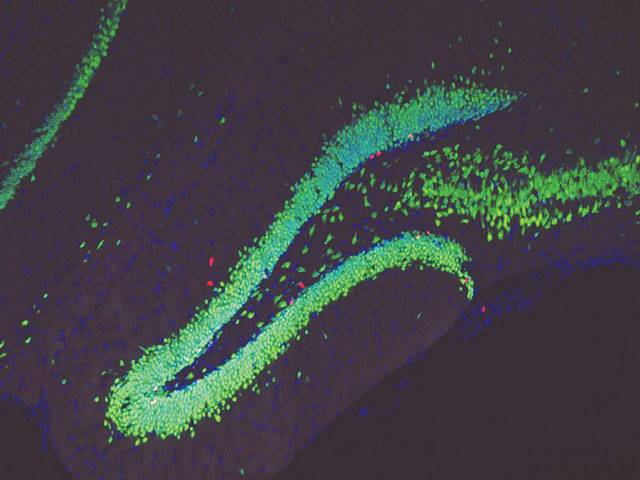Islamabad - Neuroscientists at Synapsy have identified one of the mechanisms behind the antidepressant effect of lactate, a molecule produced by the body during exercise. Its key features – lactate, NADH, and neurogenesis – will pave the way for new treatment possibilities.
WHO recognizes depression – which affects nearly 264 million people – as the leading cause of disability worldwide.
Treatments based on antidepressants and psychotherapy are available to help people suffering from the disorder. Yet, as Jean-Luc Martin, senior lecturer and researcher at CHUV’s Centre for Psychiatric Neurosciences (CNP) and UNIL, Synapsy member and co-director of the study together with Professor Pierre Magistretti, points out: “Around 30% of people with depression don’t respond to antidepressants.”
At the same time, the antidepressant effects of physical activity have been known for many years, even though the scientific community has struggled to figure out the molecular mechanisms involved. During its previous investigations, the laboratory led by Dr Martin focused on lactate – a molecule produced during physical exercise – in an attempt to explain the benefits of sport. The researchers observed the antidepressant action of lactate when administered to mice at doses comparable to those found during physical activity.
As the Vaud-based neuroscientist continues: “Lactate decreases anhedonia in particular, one of the main symptoms of depression, which involves losing interest or pleasure in all those activities which, prior to depression, were considered enjoyable.”
Monday, May 19, 2025
Antidepressant power of lactate revealed in new research

3:30 PM | May 17, 2025
-
Lahore emerges among safest global cities in Numbeo 2025 index
-
Lahore emerges among safest global cities in Numbeo 2025 index
-
India’s suspension of Indus Water Treaty legally baseless
-
Seventh polio case reported in Pakistan amid nationwide vaccination drive
-
Pakistan reports sixth polio case of 2025
-
PTA begins issuing VPN licences to regulate usage
Culture Shift
May 18, 2025
Tactical Shift
May 18, 2025
Unmasked Cruelty
May 18, 2025
India Isolated
May 17, 2025
Descent into Hell
May 17, 2025
Fostering Entrepreneurship
May 18, 2025
Behind a Promising Job Offer
May 18, 2025
Indo-Pak Wisdom
May 18, 2025
Traffic Signal at Shahzad Town
May 18, 2025
English a Measure of Intelligence?
May 17, 2025
ePaper - Nawaiwaqt
Nawaiwaqt Group | Copyright © 2025





